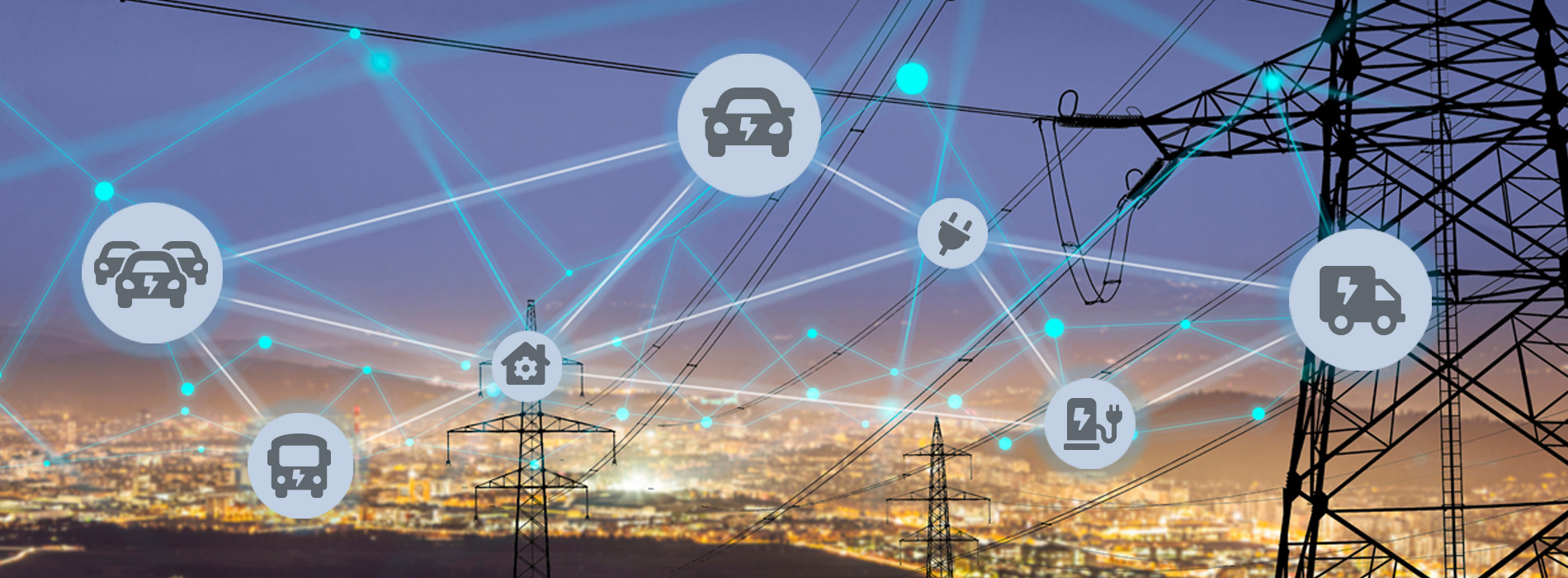You’re likely aware that electric vehicles (EVs) are becoming increasingly popular, but did you know your EV could be more than just a way to get around? It might actually be a way to make money.Vehicle-to-Grid (V2G) technology allows your EV to become a two-way energy asset. You can charge your car during off-peak hours when electricity is cheap and sell energy back to the grid during peak demand, earning income or reducing your bills.
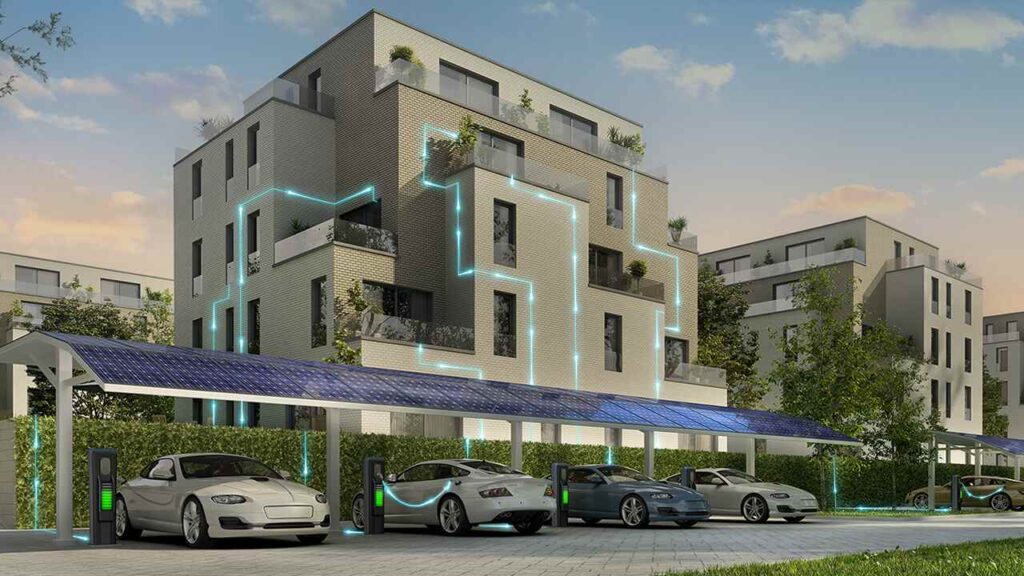
This is just the tip of the iceberg. V2G has far-reaching implications for individuals, businesses, and the entire power grid. Let’s dive into the details.
Why Are Grid Companies Enthusiastic About V2G, and How Can It Alleviate “Power Shortages”?
Power grids face increasing challenges. They must balance supply and demand, integrate renewable energy, and deal with aging infrastructure. Power shortages are a real threat.V2G offers a solution by turning EVs into a distributed energy storage network. This can help stabilize the grid frequency, provide backup power during outages, and reduce the need for expensive infrastructure upgrades.

V2G helps grid companies in several crucial ways:
Frequency Regulation
- The Challenge: The grid’s frequency must remain stable (around 60 Hz in the US). Fluctuations occur as supply and demand change.
- V2G Solution: EVs can instantly provide or absorb small amounts of power to correct these fluctuations.
- Benefit: This is much faster and more efficient than traditional methods (like firing up “peaker” power plants).
Demand Response
- The Challenge: During peak demand (hot summer days, for example), the grid is stressed.
- V2G Solution: EVs can discharge energy back to the grid, acting as a virtual power plant.
- Benefit: This reduces the risk of blackouts and lowers the need for expensive, often fossil-fuel-based, peaker plants.
Renewable Energy Integration
- The Challenge: Renewable sources like solar and wind are intermittent (the sun doesn’t always shine, the wind doesn’t always blow).
- V2G Solution: EVs can store excess energy generated during peak production and release it when production is low.
- Benefit: This makes the grid more resilient and reduces reliance on fossil fuels.
What Invisible Benefits Can V2G Bring to Enterprises Besides Saving Money?
You might think V2G is just about reducing electricity bills. While that’s a significant benefit, there’s more to the story. Beyond cost savings, V2G enhances a company’s image as environmentally conscious, boosts resilience with backup power capabilities, and potentially opens up new revenue streams through participation in grid service markets.
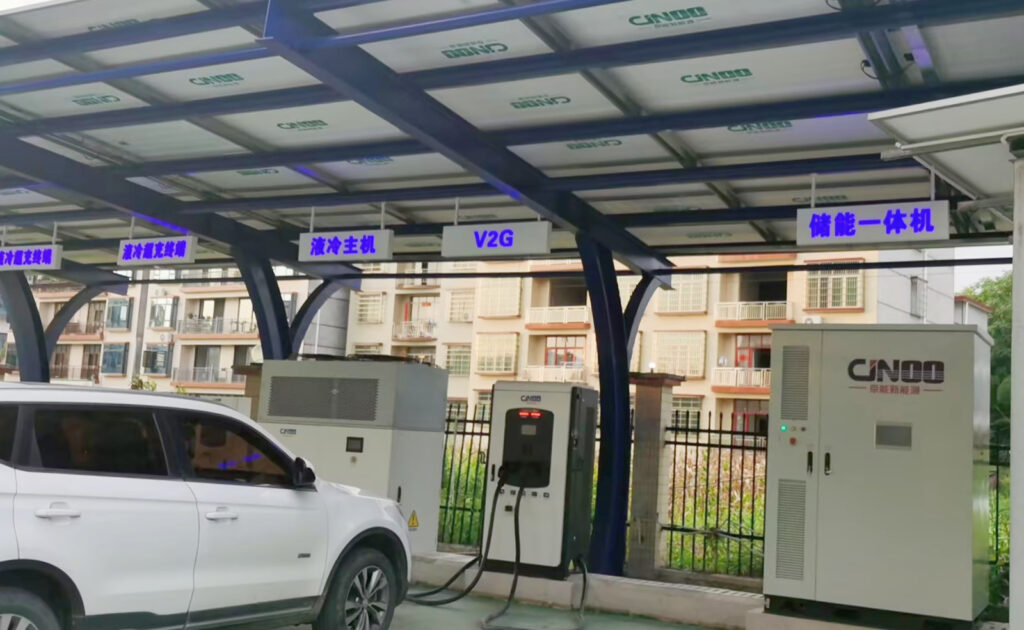
Let’s examine some of the “hidden” advantages of V2G for businesses:
Enhanced Corporate Social Responsibility (CSR)
- How: V2G demonstrates a commitment to sustainability.
- Benefit: This can attract customers, investors, and employees who value environmental responsibility.
Improved Resilience
- How: V2G-enabled EVs can provide backup power during grid outages.
- Benefit: This ensures business continuity, protecting against lost revenue and productivity.
Participation in Ancillary Services Markets
- How: Businesses can earn revenue by providing grid services (like frequency regulation).
- Benefit: This creates a new income stream and further reduces the total cost of ownership of EVs.
Reduced reliance on Diesel Generators
- How: Instead of using noisy, polluting diesel generators for backup, companies could rely on clean energy from their EV fleet.
- Benefit: Less pollution, lower running costs, and a quieter working environment.
What Is the Current Development Status of V2G Technology Globally, and What Are Some Successful Cases?
V2G sounds promising, but is it actually being used in the real world? Where is it most advanced?V2G technology is past the pure research phase and is being actively deployed in various pilot projects and commercial ventures globally, with notable progress in Europe, parts of Asia, and certain regions of North America.
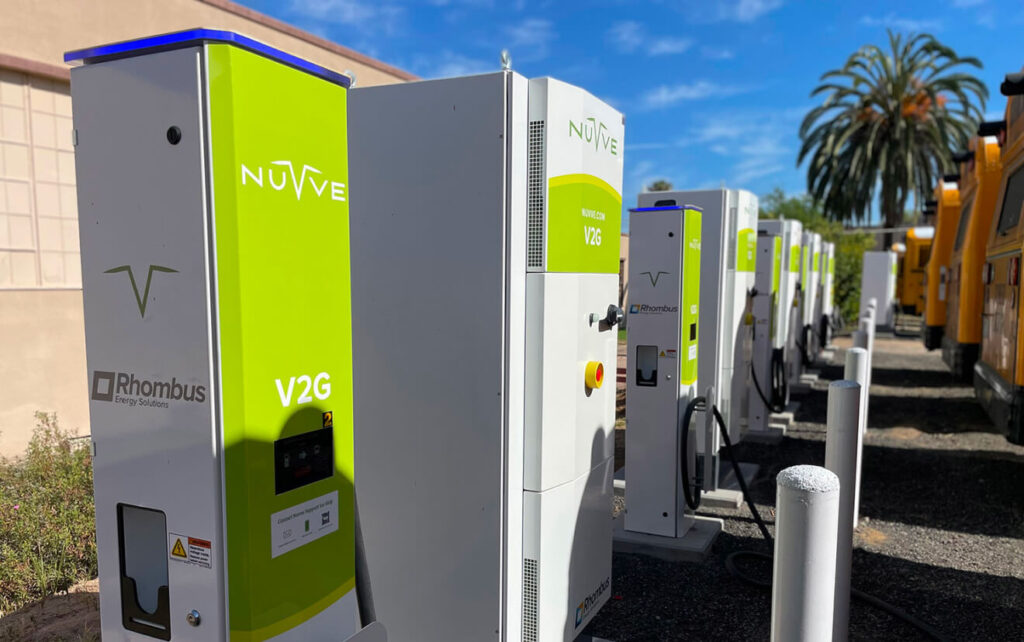
Global Status
- Europe: Often considered a leader in V2G, with countries like Denmark, the UK, and the Netherlands having active projects.
- North America: Progress is being made, particularly in California and other states with strong EV adoption.
- Asia: Japan and South Korea are also investing heavily in V2G technology.
How Far Is V2G Technology from Large-Scale Popularization, and What Challenges Does It Face?
If V2G is so great, why isn’t it everywhere already? What’s holding it back?While V2G holds immense promise, widespread adoption faces hurdles related to standardization, vehicle compatibility, regulatory frameworks, and initial investment costs.
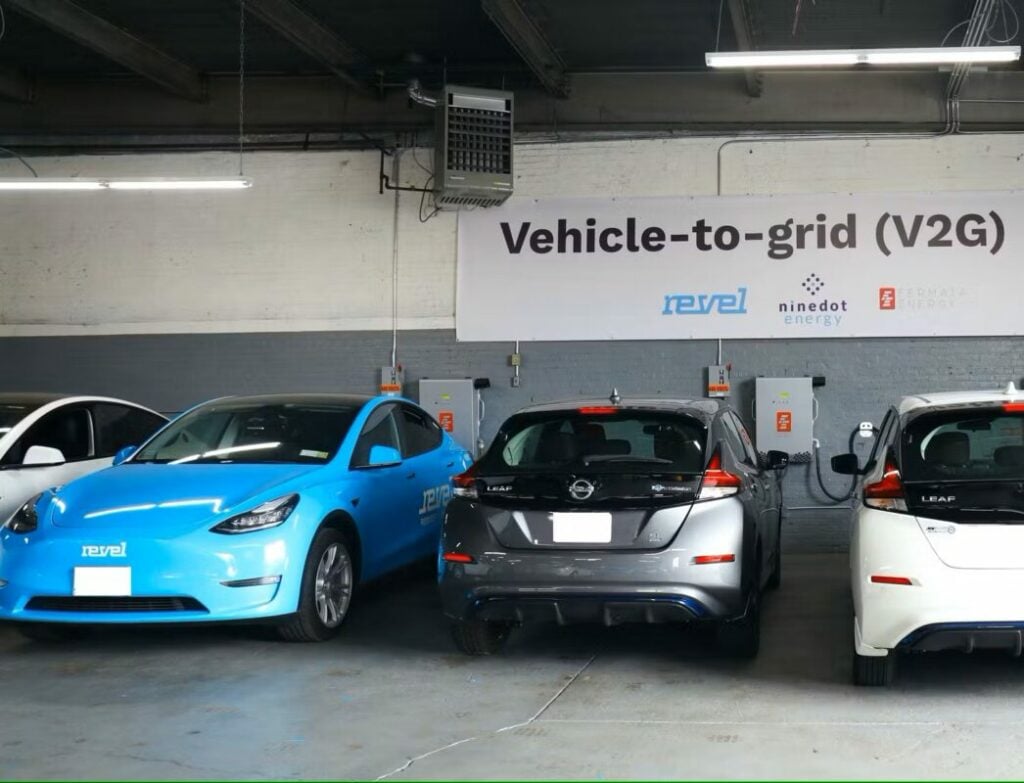
Here are some of the key challenges:
Standardization
- The Issue: Lack of universal standards for communication and connection between EVs, chargers, and the grid.
- The Impact: This makes it difficult to ensure interoperability and can slow down deployment.
Vehicle Compatibility
- The Issue: Not all EVs are currently V2G-capable.
- The Impact: This limits the number of vehicles that can participate.
Regulatory Frameworks
- The Issue: Clear regulations are needed to define how V2G operates, how participants are compensated, and who owns the data.
- The Impact: Uncertainty can discourage investment and participation.
Cost
- The Issue: V2G-enabled chargers and vehicles can be more expensive initially.
- The Impact: This can be a barrier for some consumers and businesses.
Battery Degradation Concerns
- The Issue There are some concerns that frequent charging and discharging could wear out EV batteries faster.
- The Impact: This is an area of on going research, though many studies show minimal or manageable impact.
Is It Too Late to Invest in V2G Now, and What Is the Future Market Outlook?
Given the challenges, is it worth investing in V2G technology at this stage? What does the future hold? It’s absolutely not too late to invest in V2G. The market is projected to grow significantly in the coming years, driven by increasing EV adoption and the need for grid flexibility.
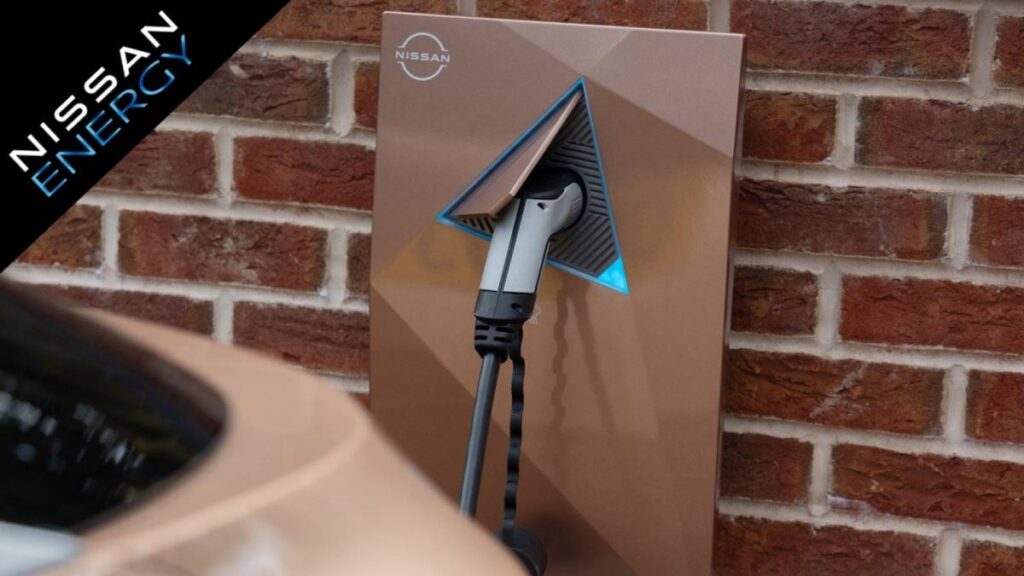
Market Projections
- Multiple sources indicate substantial growth for the V2G market in the next decade.
- Growth is linked to:
- Increasing EV sales.
- Government support and incentives.
- The growing need for grid stability and energy storage.
Investment Opportunities
- For Businesses: Investing in V2G can lead to cost savings, new revenue streams, and improved resilience.
- For Investors: The V2G market presents opportunities in areas like charger manufacturing, software development, and grid services.
Long-Term Outlook
- As the challenges are met, expect wider deployment.
- Expect V2G to be increasingly common.
Conclusion
V2G technology is a game-changer. I have seen first hand, in my 10+ years in the electric vehicle charging industry, the move from simple charging to smart, interconnected systems. V2G takes it a step further. It transforms EVs from passive consumers of energy into active participants in the grid. It offers economic benefits, enhances grid stability, and supports the transition to a cleaner energy future. While challenges remain, the potential of V2G is undeniable.

